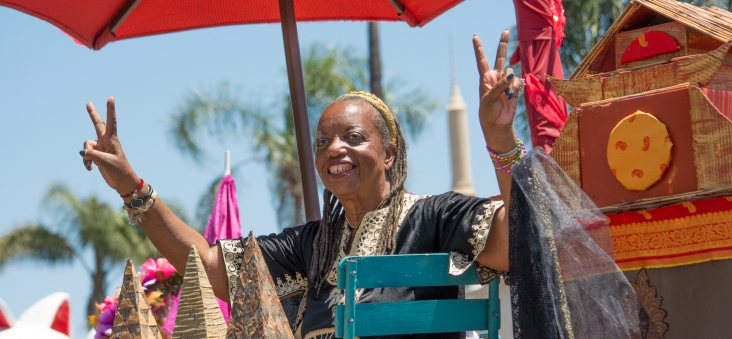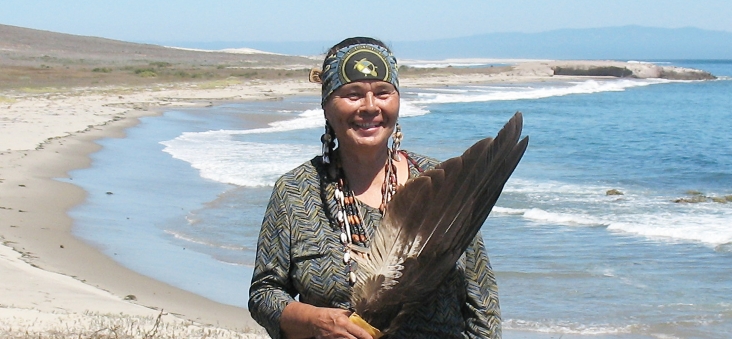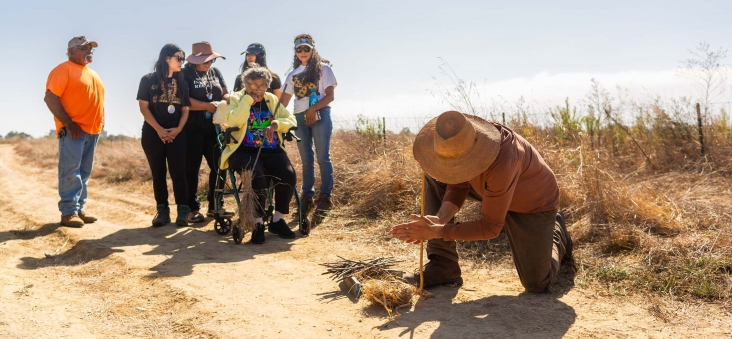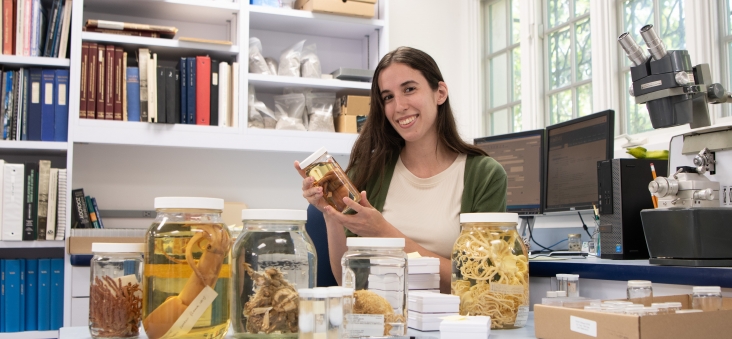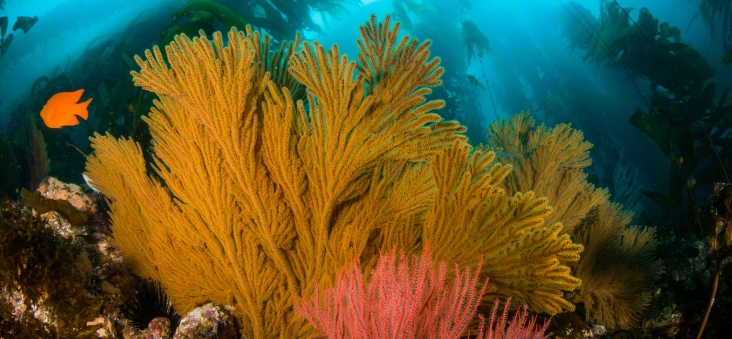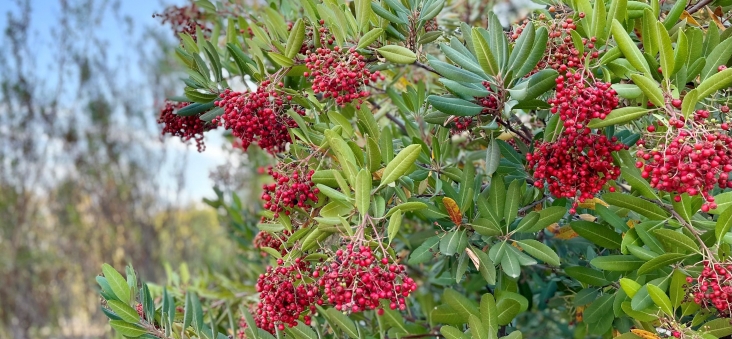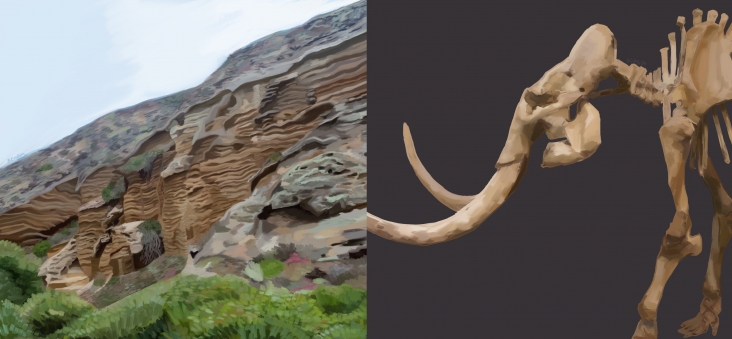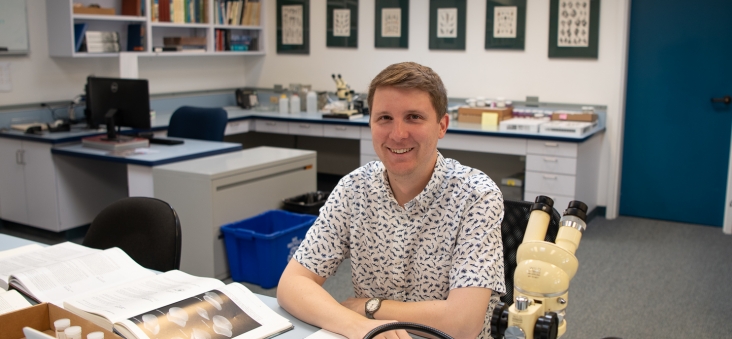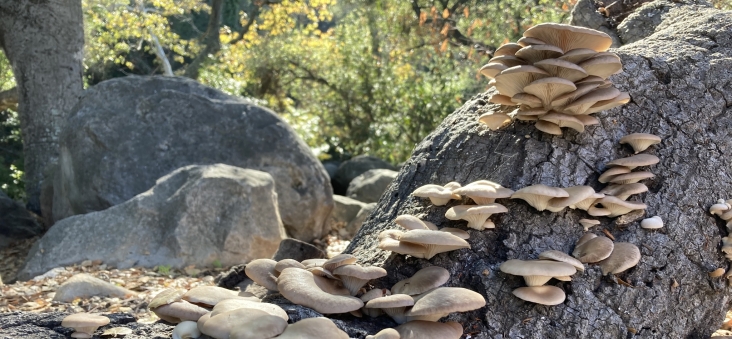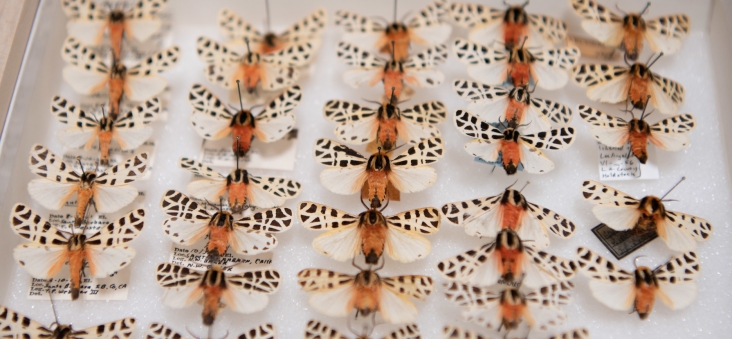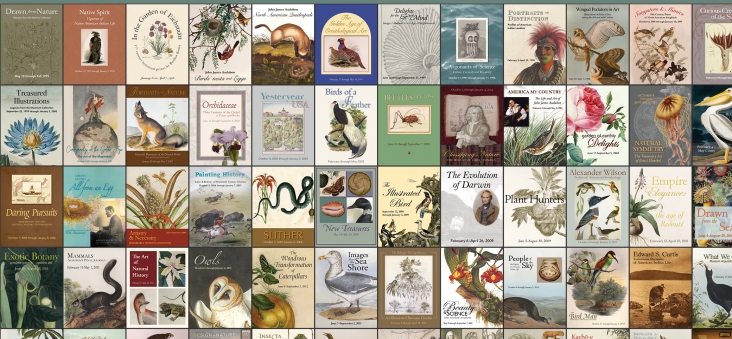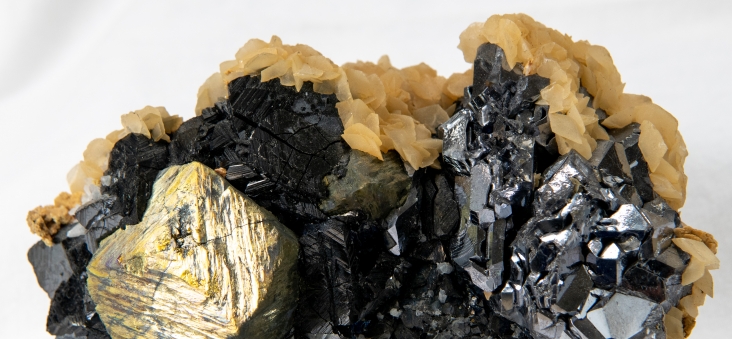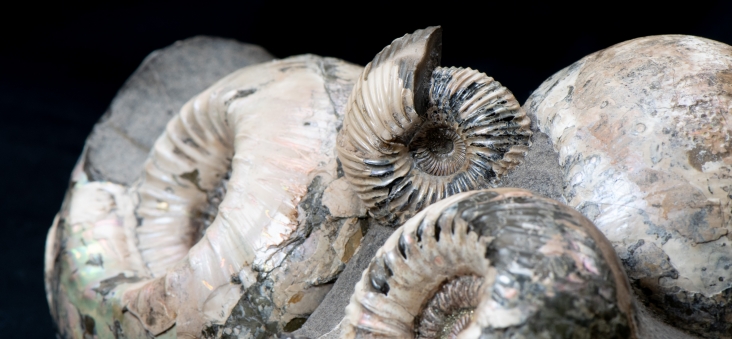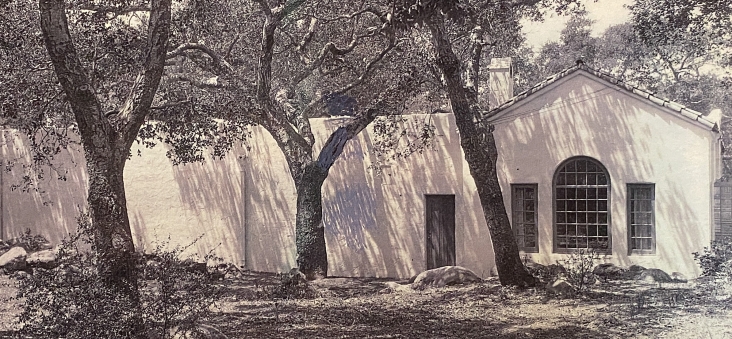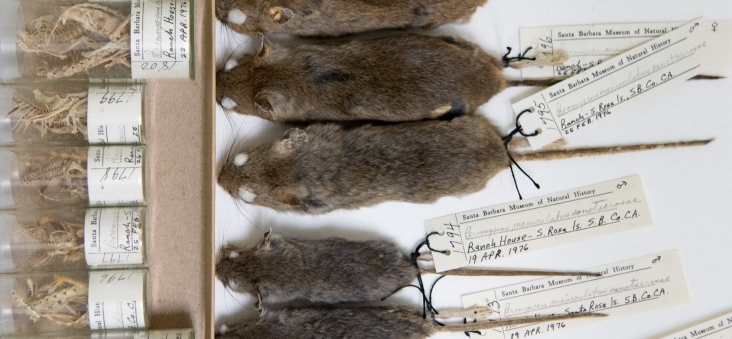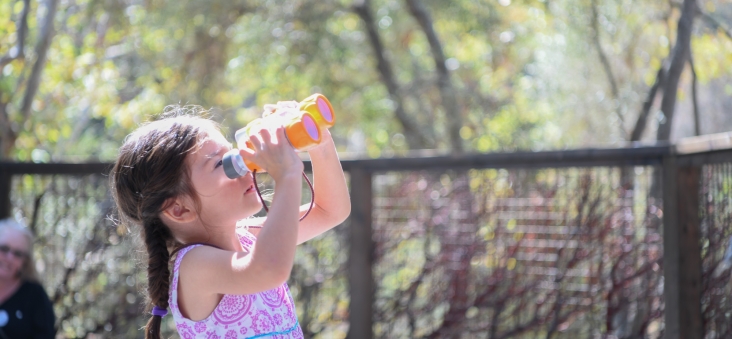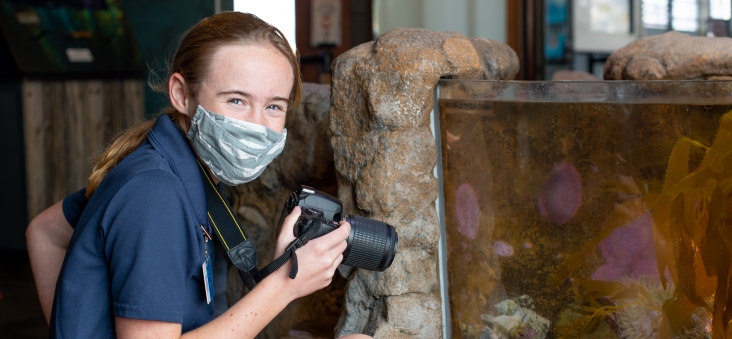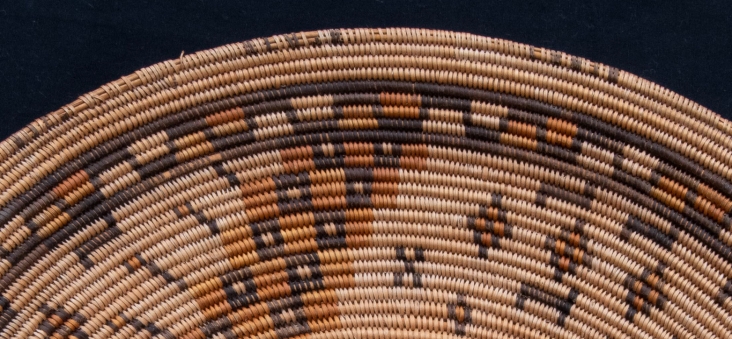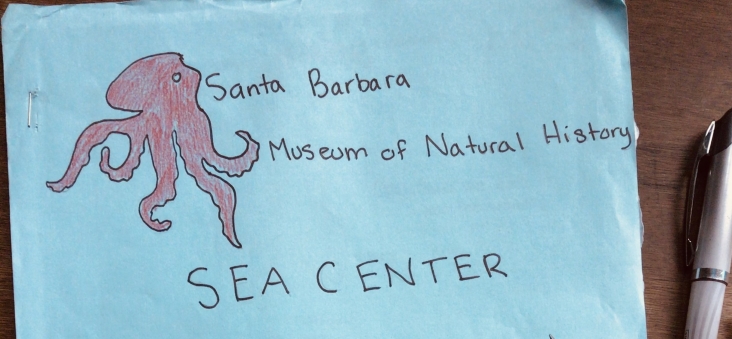By Lucy London
I swing my legs under the tall desk and lean closer to my paper. My chair creaks slightly as I turn it gently to the side. I squint at the slideshow on the screen, full of pictures and diagrams. The breeze outside causes the tree branches to stir. I glance around the room, full of interesting things. Posters and dioramas from previous classes, proclaiming the costs of the melting ice sheets and the successes Gray Wolves brought back to Yellowstone National Park. In the back of the room, rows of atom models hang, made with everything from leaves to Legos. Underneath the models a display case holds amazing specimens, including turtle skeletons, fossils, and horseshoe crab exoskeletons. In the front, high on the shelves, a taxidermied falcon spreads its wings. I focus back on the paper in front of me. It holds the secrets of the natural world, with diagrams on rock layers, magma, faulting, fossilization, and more. Secrets that took generations to uncover. And as I sat in my seventh grade science classroom, I dreamed of the day when I would be the one to make the discoveries.
Read more
